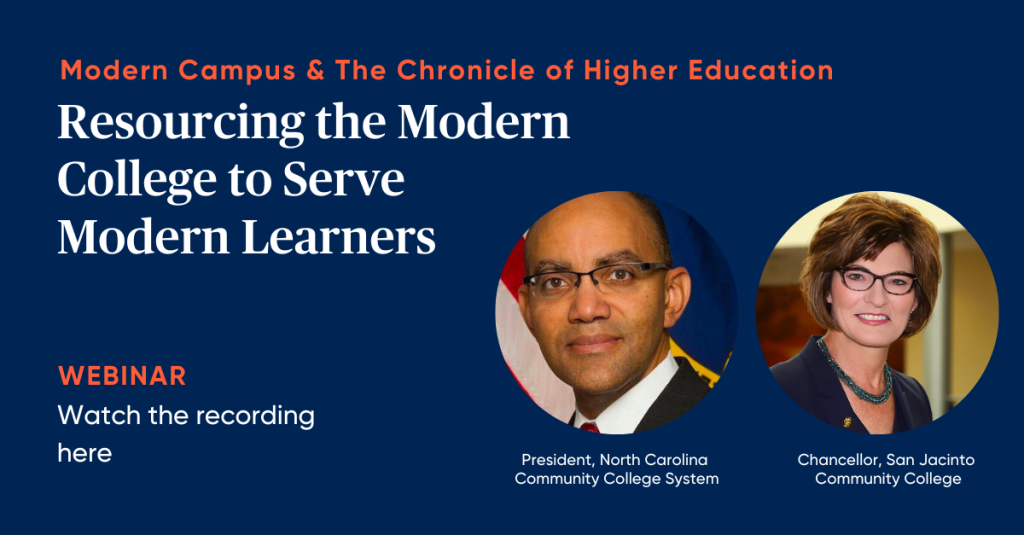Published on
Adapting to Gains and Losses in Higher Ed Enrollment at NCCCS
Higher ed enrollments are down over one million since the advent of COVID-19, but the pandemic is not the only factor. Schools have to adapt to today’s students to ensure retention and growth.
The EvoLLLution (Evo): We’ve all seen the numbers, we’ve all heard the call and the warning bells going off—what are some of the key drivers behind this year-over-year enrollment decline hitting the higher education industry?
Thomas Stith: It may be helpful to give a little context here for North Carolina. Overall, the North Carolina Community College System has been performing better than the national average in most areas. Peak enrollment, if we go back to the great recession, was driven by Americans going to college to re-skill. And as the economy improved, demand for our community college education sometimes would decline as well at a moderate but steady rate. Historically, at North Carolina, enrollment declined about 11% between 2011 and 2019 fall to fall. The national rate was about 12%. So, we’re a little below the national decline. We saw a dramatic enrollment decline of about 43% in students aged 24 and above, compared to 31% nationally.
Unfortunately, we were tracking ahead of the national rate. However, we also experienced a 157% increase in enrollment among individuals under 18, while there was only a 95% increase nationally. North Carolina obviously performed better overall than the national average when you look at declining rates. Now, of course, you have COVID. North Carolina fortunately experienced an enrollment increase right before COVID. We focused on a comprehensive initiative around enrollment, including a statewide marketing initiative. Then, of course, we experienced a decline as everyone did during COVID but a particularly sharp decline in one segment—basic education. We had a 39% decline from fall 2019 to 2020, while our curriculum enrollment didn’t decline as harshly, posting about 5% better than the national average of more than 11%. Well, I’m certainly happy to report that we saw gains across the board, particularly in Workforce Development (up about 15%) and in our adult basic education (up about 25%).
As we see with these patterns over history, we realize that our marginalized communities in particular are disproportionately impacted as the economy moves to recover. We currently see an increased interest in our shorter-term and workforce-oriented programs. And as I said, we saw a good fall-over-fall return rate this last cycle, with a slight increase. So, we certainly think we are trending in the right direction and look forward to building on some of the strategic initiatives we have focused on for comprehensive enrollment increases. We disaggregated some of the numbers in particular during the impact of COVID. We saw Latinx males and Black males experience a double-digit enrollment decline, and we’re seeing that bounce back now. So, we think we’ll continue to build upon that but certainly need to employ a comprehensive strategy as we look to the future.

This interview was edited for length and clarity.
Author Perspective: Administrator
Author Perspective: Community College



